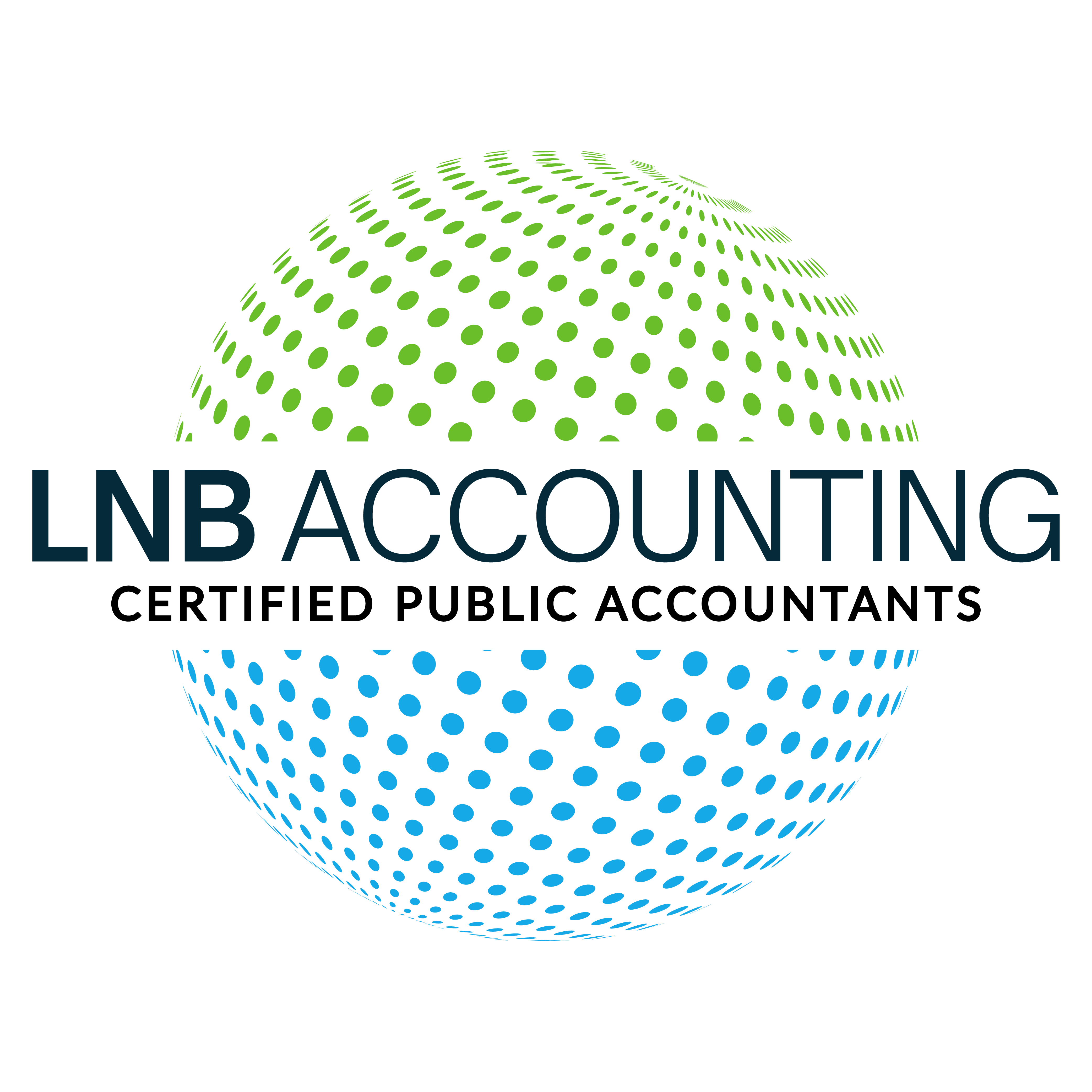
401(k) plans have become the cornerstone of retirement planning in America. For employees, they offer a pathway to financial security. For employers, they serve as a powerful tool for attracting and retaining talented professionals. But before anyone can benefit, they must first understand the eligibility requirements.
In this guide, you’ll learn exactly who qualifies for 401(k) participation, what rules employers must follow, how recent legislation has changed the landscape for part-time workers, and much more.
What Is A 401(k) And Why Does Eligibility Matter?
A 401(k) is a defined contribution retirement plan offered by many employers. Employees can contribute a portion of their pre-tax earnings to the plan. One of the attractive features of a 401(k) is that employers might also “match” a percentage of those contributions.
Benefits for Employees
Why should you, as an employee, care about 401(k) eligibility? Here’s why:
- Retirement Savings: A 401(k) is a primary tool for building your retirement nest egg.
- Tax Advantages: Your contributions are made before taxes, which can lower your current taxable income.
- Potential for Growth: Your investments within the 401(k) have the potential to grow over time.
Benefits for Employers
Employers, there are significant advantages for you too:
- Attracting and Retaining Talent: Offering a solid 401(k) plan makes your company more attractive to potential hires and helps you keep your current employees happy.
- Tax Benefits: Employers can also receive certain tax benefits related to offering a 401(k).
- Fostering Employee Financial Well-being: Helping your employees save for retirement shows you care about their future.
The Importance of Understanding Eligibility
Whether you’re an employee or an employer, understanding 401(k) eligibility is essential. For employers, it helps avoid compliance issues and ensures you’re providing fair access to all your employees. No one wants to run into problems with the IRS. For employees, it’s about knowing your rights and taking control of your financial future.
401(k) Eligibility Requirements
The IRS and Department of Labor have established baseline requirements for 401(k) eligibility, though employers have some flexibility to customize their plans within these parameters. Let’s break down the fundamental requirements:
Age Requirement
Federal law allows employers to require employees to reach age 21 before becoming eligible for the 401(k) plan. This age minimum was established to align with other legal age thresholds and based on the assumption that younger workers might not prioritize retirement savings.
However, it’s important to note that employers can choose to set a lower age requirement or eliminate it altogether. Some progressive companies allow employees of any age to participate, recognizing that early saving can dramatically increase retirement outcomes through compound growth.
Service Requirement
Employers can require employees to complete a year of service before joining the 401(k) plan. The IRS defines a “year of service” as a 12-month period during which an employee works at least 1,000 hours (approximately 20 hours per week).
Many companies choose shorter service periods to make their benefits more attractive. Common alternatives include:
- Immediate eligibility upon hire
- 3-month waiting period
- 6-month waiting period
Open Enrollment Periods
When can eligible employees enroll in the 401(k) plan? Most companies have specific open enrollment periods. These periods are when employees can sign up for or make changes to their benefits, including 401(k) contributions. The frequency of these periods can vary, so it’s important to check with your employer’s HR department.
Who Is Typically Excluded fFrom 401(k) Plans?
While 401(k) plans are designed to be broadly accessible, certain employee categories are commonly excluded:
Leased Employees
Leased employees (workers formally employed by a leasing organization but providing services to your company) usually aren’t eligible for your 401(k) plan. These arrangements are common in industries with seasonal fluctuations or specialized project needs.
A “leased employee” is defined by the IRS as someone who:
- Provides services to your company under an agreement between your company and a leasing organization
- Has performed services for your company on a substantially full-time basis for at least one year
- Performs services under your company’s primary direction or control
Union Employees
Employees covered by collective bargaining agreements (union contracts) are often excluded from a company’s 401(k) plan if retirement benefits were part of the good-faith bargaining process. This exclusion exists because these employees usually have separate union-sponsored retirement plans.
Nonresident Aliens
Nonresident aliens who receive no U.S.-source income from the employer can be excluded from 401(k) participation. This exclusion simplifies administration for companies with international workers who aren’t subject to U.S. income tax.
Importance of Clear Plan Documentation
Whatever exclusions your plan includes, they must be clearly documented in your plan documents. Ambiguous language can lead to misunderstandings and potential compliance issues during an IRS audit.

Do Part-Time Employees Get 401(k)s?
Historically, part-time employees often couldn’t participate in 401(k) plans because they couldn’t meet the 1,000-hour service requirement. However, this changed significantly with the SECURE Act of 2019, which created new pathways for long-term part-time employees.
The Traditional 1,000-Hour Rule
Under the traditional rule, part-time employees would qualify for 401(k) participation after working 1,000 hours in a 12-month period (roughly 20 hours per week). Many part-time positions in retail, hospitality, and healthcare fall below this threshold, leaving these workers without access to employer-sponsored retirement plans.
The SECURE Act Changes
The Setting Every Community Up for Retirement Enhancement (SECURE) Act made a groundbreaking change: starting in 2021, employers must allow long-term part-time employees to participate in 401(k) plans if they:
- Work at least 500 hours per year (about 10 hours per week)
- Do so for three consecutive years
- Reach age 21 by the end of the three-year period
This provision was further enhanced by SECURE 2.0, which reduced the three-year requirement to two years for plan years beginning after December 31, 2024.
Tracking Hours for Part-Time Employees
These new requirements create additional tracking responsibilities for employers. Companies must now:
- Maintain accurate records of all hours worked, even for employees traditionally considered “part-time”
- Have systems in place to identify when part-time employees cross eligibility thresholds
- Properly notify eligible part-time employees of their right to participate
Many payroll systems like QuickBooks and Sage have updated their time-tracking features to help employers monitor part-time eligibility, but proper setup is crucial.
401(k) Eligibility And Vesting Schedules
While eligibility determines when you can join a 401(k) plan, vesting determines when employer contributions become truly yours to keep if you leave the company.
Understanding Vesting
Vesting refers to when you have full ownership of the employer contributions made to your 401(k). In other words, it’s the point at which the money is truly yours.
Types of Vesting Schedules
Employers typically choose between two vesting approaches:
- Cliff Vesting: Employees gain 100% ownership of employer contributions after a specific period (up to 3 years maximum). Before reaching that cliff, they own 0%.
- Example: Imagine a tech startup with a 3-year cliff vesting schedule. If an employee leaves before their third work anniversary, they forfeit all employer contributions. On day one of year three, they become 100% vested.
- Graded Vesting: Employees gradually gain ownership of employer contributions over time (up to 6 years maximum).
- Example: Imagine a manufacturing company with a 5-year graded vesting schedule:
- After 1 year: 20% vested
- After 2 years: 40% vested
- After 3 years: 60% vested
- After 4 years: 80% vested
- After 5 years: 100% vested
In this scenario, if an employee leaves after 3 years, they would keep 60% of the employer contributions, forfeiting the remaining 40%.
Vesting and Eligibility Interaction
It’s important to understand that vesting periods generally begin on your date of hire, not your 401(k) eligibility date. This means you could be accumulating vesting credit even before you’re eligible to participate in the plan.
For example, if a company has a 1-year eligibility requirement and a 4-year graded vesting schedule, an employee who joins the plan after their first year would already be 25% vested in any employer contributions they receive.
Advanced Topics In 401(k) Eligibility
Beyond the basic requirements, there are a few advanced considerations which can affect 401(k) eligibility:
Safe Harbor 401(k) Plans
Safe Harbor plans are designed to automatically pass certain nondiscrimination tests that regular 401(k) plans must undergo. These plans require employers to make contributions for employees that vest immediately. While they follow the same basic eligibility rules as traditional 401(k)s, they offer immediate vesting of employer contributions.
SIMPLE 401(k) Plans
SIMPLE (Savings Incentive Match Plan for Employees) 401(k) plans are designed for small businesses with 100 or fewer employees. These plans generally have less stringent eligibility requirements:
- Employees who earned at least $5,000 in compensation during any 2 preceding calendar years
- Employees reasonably expected to earn at least $5,000 in the current year
Impact of Mergers and Acquisitions
When companies merge or are acquired, employees often worry about their retirement benefits. If your company is involved in an M&A transaction, there are some scenarios which might affect eligibility:
- Plan Termination: The acquired company’s plan might be terminated, with assets rolled over to the acquiring company’s plan
- Plan Merger: Both plans might be merged, with service at the prior company usually counted toward eligibility and vesting
- Multiple Plans: Both plans might continue to operate separately for a transition period
Correcting Eligibility Errors
Mistakes in 401(k) eligibility happen even in well-run plans. Common errors include:
- Failing to enroll eligible employees when they meet requirements
- Incorrectly excluding certain employee classes
- Not providing required notices about eligibility
- Improperly calculating hours for part-time employees
If errors occur, the IRS’s Employee Plans Compliance Resolution System (EPCRS) provides pathways to correct them. Depending on the nature and severity of the error, corrections might include:
- Making retroactive employer contributions
- Providing missed matching opportunities
- Adjusting vesting schedules
- Paying earnings on delayed contributions
Early detection and correction of eligibility errors is always preferable to discovering them during an IRS audit.
How To Determine Your 401(k) Eligibility
Whether you’re an employee trying to understand your benefits or an employer responsible for administering a plan, taking a proactive approach is key.
For Employees
If you’re unsure about your eligibility for your company’s 401(k) plan, take these steps:
- Review the Summary Plan Description (SPD): This document explains the plan’s key features, including eligibility requirements. Your employer is legally required to provide this to you.
- Check with HR or Benefits Coordinator: Reach out to your company’s human resources department or benefits coordinator for clarity on your specific situation.
- Know Your Rights Under ERISA: The Employee Retirement Income Security Act gives you the right to request plan information and receive a statement of benefits. If you believe you’ve been incorrectly excluded from participation, you have the right to appeal.
- Track Your Hours and Service Time: Especially if you’re a part-time employee, keep your own records of hours worked to ensure you’re enrolled when eligible under the SECURE Act provisions.
For Employers
Administering 401(k) eligibility correctly requires attention to detail and proper systems:
- Work with Qualified Partners: Partner with a specialized CPA firm like LNB Accounting CPAs to make sure your plan documents are compliant and your processes are efficient.
- Use Technology: Use payroll and HR software to track employee eligibility. Many systems can now be configured to automatically flag when employees meet age and service requirements.
- Conduct Regular Audits: Review your plan participation regularly to confirm all eligible employees have been properly included and that vesting is calculated correctly.
- Stay Informed About Legislative Changes: Retirement laws continue to evolve, with major changes in recent years that affect eligibility. Regular consultations with retirement specialists help you stay compliant.
- Maintain Clear Documentation: When we conduct individual tax planning for business owners at LNB Accounting CPAs, we often identify critical accounting mistakes to fix now, including inadequate 401(k) plan documentation. Proper documentation isn’t just about compliance,it’s about clarity for everyone involved.
Your Partner In 401(k) Success
At LNB Accounting CPAs, we have a wealth of expertise in 401(k) plan administration and compliance. We’re here to help you every step of the way.
Here are some of the services we offer:
- 401(k) plan audits
- Consulting on plan design and compliance
- Assistance with advanced accounting software solutions
Our approach combines technical expertise with a genuine understanding of the challenges facing local businesses and employees. Whether you’re a startup founder concerned about compliance or an HR manager trying to support your workforce’s retirement goals, we provide personalized solutions that work for your specific situation.
We’re passionate about supporting businesses and individuals in the Bay Area. We want to see you succeed! Ready to get started? Contact us today for a consultation on how we can help optimize your 401(k) plan design and administration.
FAQs
How old do I need to be to participate in a 401(k) plan?
Most plans require employees to be at least 21 years old, but employers can set lower age requirements if they choose.
How long do I need to work at a company before joining their 401(k)?
Employers can require up to one year of service (1,000 hours), but many companies offer shorter waiting periods or immediate eligibility.
Can part-time employees participate in 401(k) plans?
Yes. Under the SECURE Act, part-time employees who work at least 500 hours for three consecutive years (reducing to two years in 2025) must be allowed to participate.
What happens to my 401(k) if I leave my job?
Your own contributions are always 100% yours. Employer contributions depend on your vesting schedule, and the entire balance can be rolled over to another retirement account.
Are there tax benefits to participating in a 401(k)?
Yes. Traditional 401(k) contributions reduce your current taxable income, and investment growth is tax-deferred until withdrawal in retirement.
Can business owners participate in their company’s 401(k)?
Yes. Business owners can participate in their own company’s 401(k) plan but may be subject to additional testing requirements depending on the plan design.
Do I have to enroll in my 401(k) when I become eligible?
No. Enrollment is typically voluntary, although some plans feature automatic enrollment with the option to opt out.
Is there a minimum amount I must contribute to my 401(k)?
Most plans don’t have a minimum, though some may require a minimum percentage or dollar amount to qualify for employer matching.
What is the difference between eligibility and vesting?
Eligibility determines when you can join and contribute to the plan, while vesting determines when you own the employer contributions made on your behalf.
Can an employer exclude certain employees from their 401(k) plan?
Yes, employers can exclude certain categories like temporary employees, but these exclusions must be clearly defined in plan documents and applied consistently.




